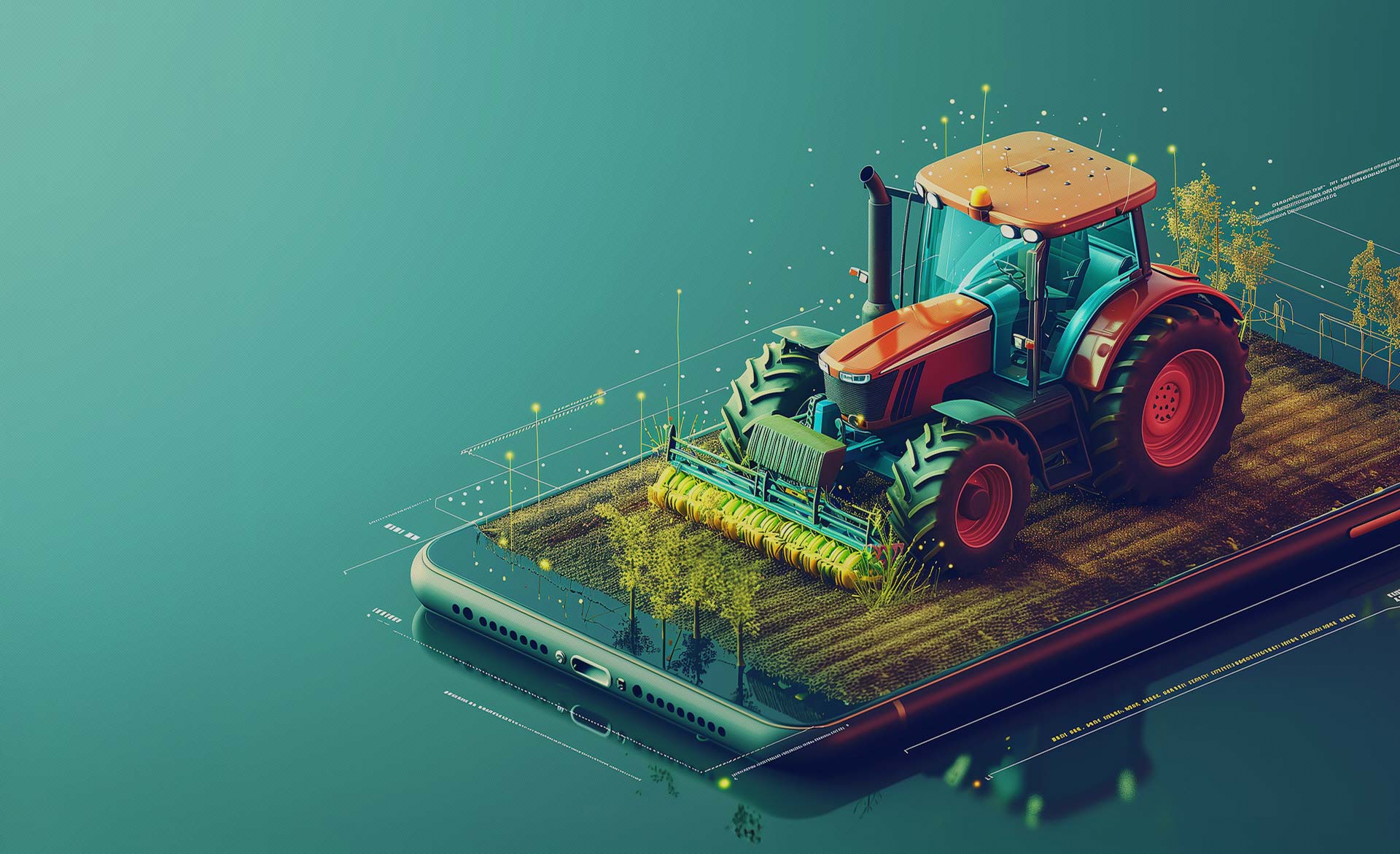
Industry overview
The agriculture industry faces a pressing need to adopt automation, modern software, and artificial intelligence (AI) to not only meet the growing demand for food, reduce labor costs, and meet changing consumer preferences but also to address the challenges of sustainability and climate change.
This technological integration is transforming traditional farming practices and supply chain management, enhancing efficiency, accuracy, and yield.
Modern software solutions facilitate better data management, predictive analytics for crop health, and resource optimization. AI's role is pivotal in analyzing complex agricultural data, enabling smarter decision-making and more sustainable practices in agribusiness.
While challenges like cost, skills gap, and data privacy exist, the opportunities for increased productivity, improved efficiency, and new market opportunities outweigh these challenges. The future of agribusiness hinges on the adoption of IT solutions, not only to meet current demands but also to ensure a sustainable and climate-resilient food system for generations to come.
Value-adding benefits
potential reduction in total farming costs by optimizing application of farm inputs and use of resources on the field
potential increase in revenue from new farming products and services by providing individualized, data- driven farming recommendations
How we can help
Thorough discovery and analysis phase to understand your specific business needs and challenges. Utilize technology as the base for application integration, extension, and access to a robust ecosystem, including AI solutions.
Leverage industry-leading business applications across both front-end and back-end systems.
Combine all elements to support customer-specific, end-to-end industry processes essential for digital transformation and operating as an intelligent and sustainable enterprise.


